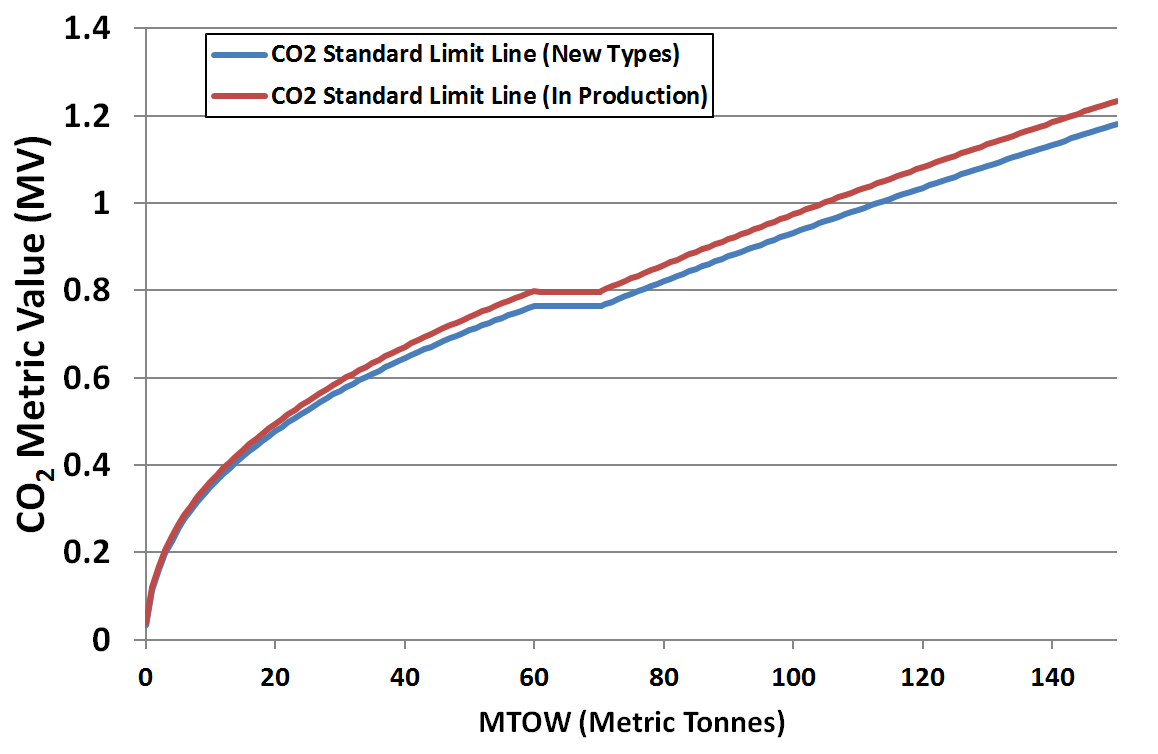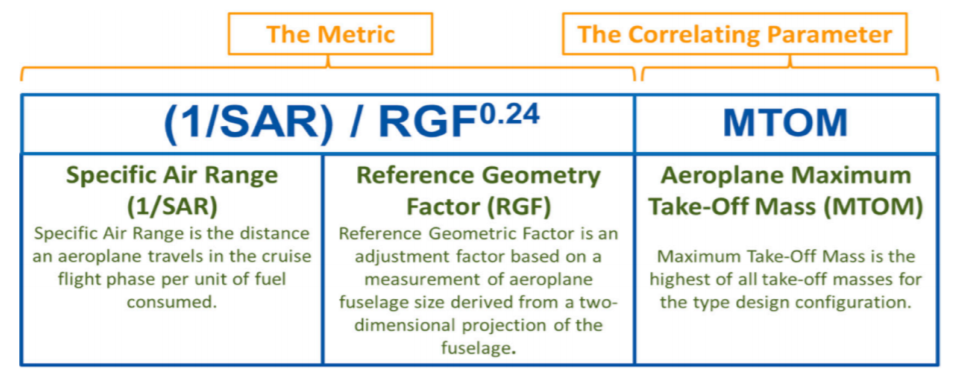Climate Change Technology Standards
In October 2010 the 37th Assembly (Resolution A37-19) requested the development of an ICAO CO2 Emissions Standard. Following six years of development, ICAO's Committee on Aviation Environmental Protection (CAEP) at its tenth meeting recommended an aeroplane CO2 emissions certification Standard.
This new standard is part of the ICAO "Basket of measures" to reduce greenhouse gas emissions from the air transport system, and it is the first global technology Standard for CO2 emissions for any sector with the aim of encouraging more fuel efficient technologies into aeroplane designs. After adoption by the ICAO Council, the new aeroplane CO2 emissions certification Standard was published as a new Annex 16, Volume III – Aeroplane CO2 Standard (2017).
The Standard applies to subsonic jet and turboprop aeroplanes that are new type (NT) designs from 2020. It will also apply to in-production (InP) aeroplanes from 2023 that are modified and meet a specific change criteria. This is subsequently followed up by a production cut-off in 2028, which means that InP aeroplanes that do not meet the standard can no longer be produced beyond 2028 unless the designs are modified to comply with the Standard. Figure 1 shows an overview of the CO2 Standard regulatory limit lines for both NT and InP CO2 Standards.

Figure 1 – The CO2 Standard Regulatory Limits
To establish the fuel efficiency of the aeroplane, the CO2 metric system uses multiple test points to represent the fuel burn performance of an aeroplane type during the cruise phase of flight. Specifically, there are three averaged (i.e. equally weighted) points representing aeroplane high, middle and low gross masses, which are calculated as a function of Maximum Take-Off Mass (MTOM). Each of these represents an aeroplane cruise gross mass seen regularly in service. The objective of using three gross mass cruise points is to make the evaluation of fuel burn performance more relevant to day-to-day aeroplane operations. An overview of the CO2 Metric System can be found in Figure 2.

Figure 2 – An overview of the CO2 Metric System
The metric system is based on the inverse of Specific Air Range (i.e. 1/SAR), where SAR represents the distance an aeroplane travels in the cruise flight phase per unit of fuel consumed. In some aeroplane designs, there are instances where changes in aeroplane size may not reflect changes in aeroplane weight, for example when an aeroplane is a stretched version of an existing aeroplane design. To better account for such instances, not to mention the wide variety of aeroplane types and the technologies they employ, an adjustment factor was used to represent aeroplane size. This is defined as the Reference Geometric Factor (RGF), and it is a measure of aeroplane cabin size based on a two-dimensional projection of the cabin. This improved the performance of the CO2 metric system, making it fairer and better able to account for different aeroplane type designs.
The ICAO Aeroplane CO2 Standard will have direct effects by increasing the importance of fuel efficiency in the design process such that an aeroplane type not just meets the regulatory limit but also has good relative product positioning in terms of a margin to the limit.